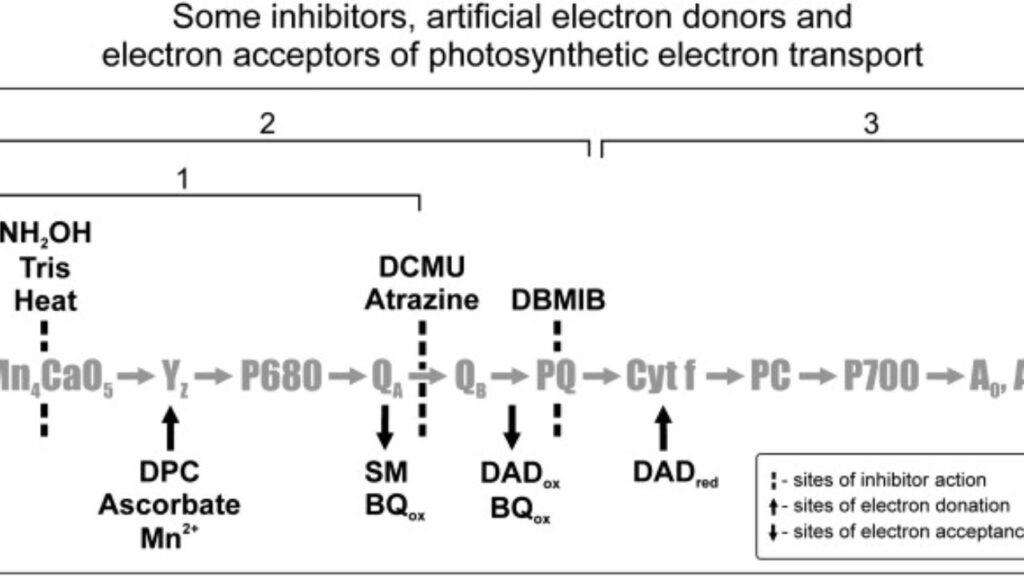Photosynthesis, a term synonymous with life, growth, and energy, has intrigued scientists and nature enthusiasts alike for centuries. The historical perspective of photosynthesis takes us back to a time when the secrets of plant growth and vitality were enigmatic, leading us through a journey filled with groundbreaking discoveries and innovative theories.
Table of Contents
From Soil to Sunlight: The Genesis of Understanding
The story of understanding photosynthesis begins with early experiments that challenged prevailing myths. Jan Baptist van Helmont, in the 17th century, was one of the first to question the notion that plants drew their entire substance from the soil. Through his well-documented willow tree experiment, he demonstrated that water played a significant role in plant growth, inadvertently stepping towards the concept of photosynthesis before the role of air and gases was even considered.
The baton of curiosity was passed to Joseph Priestley, whose famous experiments in the late 18th century revealed that plants had the miraculous ability to “revive” air, which had been rendered unfit for a candle’s flame or a mouse’s breath. This led to the concept that plants could somehow convert ‘bad’ air into ‘good’ air, sowing the seeds for future exploration into the chemical nature of this transformation.
Enlightened Growth: The Age of Enlightenment and Beyond
The Enlightenment era, with its emphasis on reason and scientific inquiry, provided fertile ground for advances in understanding photosynthesis. Scientists like Jan Ingenhousz expanded on Priestley’s observations, linking the revitalization of air by plants to sunlight, and introducing the idea that this process involved the conversion of carbon dioxide. This period marked a significant advancement in our understanding but left the question of how light was utilized unanswered.

How Can Reading Stories Help Us Develop Our Language Skills?
The Color of Life: Identifying Chlorophyll
The puzzle of photosynthesis continued to unravel through the 19th and into the 20th century. The discovery of chlorophyll and its role in absorbing light was pivotal. Experiments, such as those conducted by Thomas Engelmann, using algae and a spectrum of light, identified the specific wavelengths of light that were most effective in driving this mysterious process, highlighting the importance of chlorophyll and setting the stage for the discovery of the photosynthetic mechanisms.
The Modern Leaf: Twentieth Century and Beyond
The 20th century brought a wave of technological advancements, allowing scientists like Frederick Blackman and others to delve deeper into the mechanics of photosynthesis. The identification of light-dependent and light-independent reactions helped piece together the complex puzzle of how plants convert light energy into chemical energy, a discovery that has profound implications for understanding the energy cycles of our planet.
Reflecting on the Green Legacy
The historical perspective of photosynthesis is more than a chapter in the history of biology; it’s a testament to human curiosity and our ongoing quest to understand the natural world. Each discovery added a leaf to the growing branch of knowledge, illustrating the interconnectedness of life and the vital role of sunlight in sustaining it.
As we stand on the shoulders of the scientific giants who paved the way for our current understanding, we continue to explore, question, and marvel at the complex and beautiful process of photosynthesis, reminding us that sometimes the answers to life’s biggest questions are found not in the soil beneath our feet, but in the light that embraces our world.
By appreciating the historical perspective of photosynthesis, we not only honor the past but also illuminate the path for future discoveries and innovations that will continue to shape our understanding of life and the environment.
